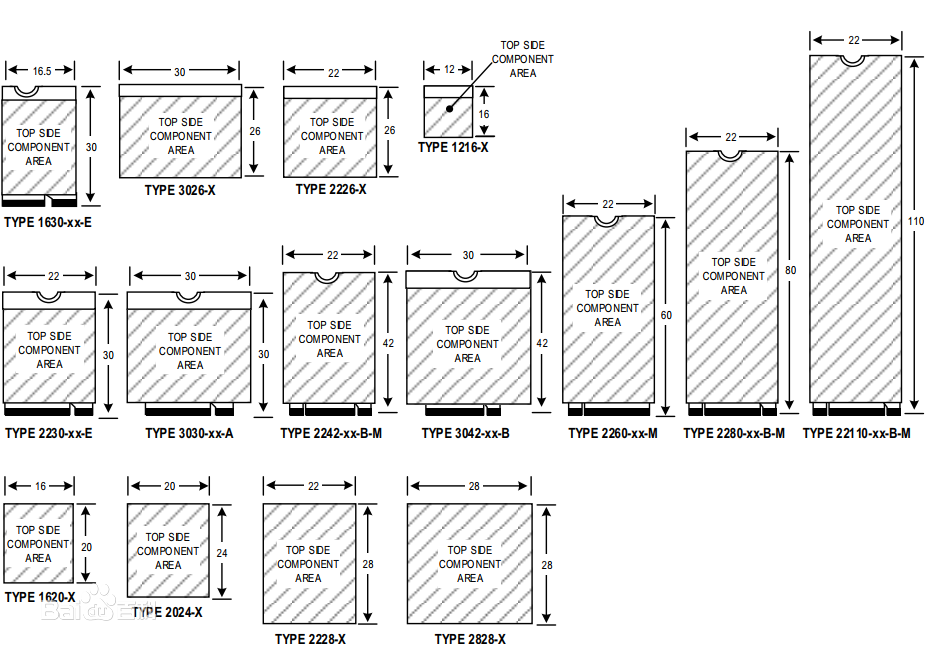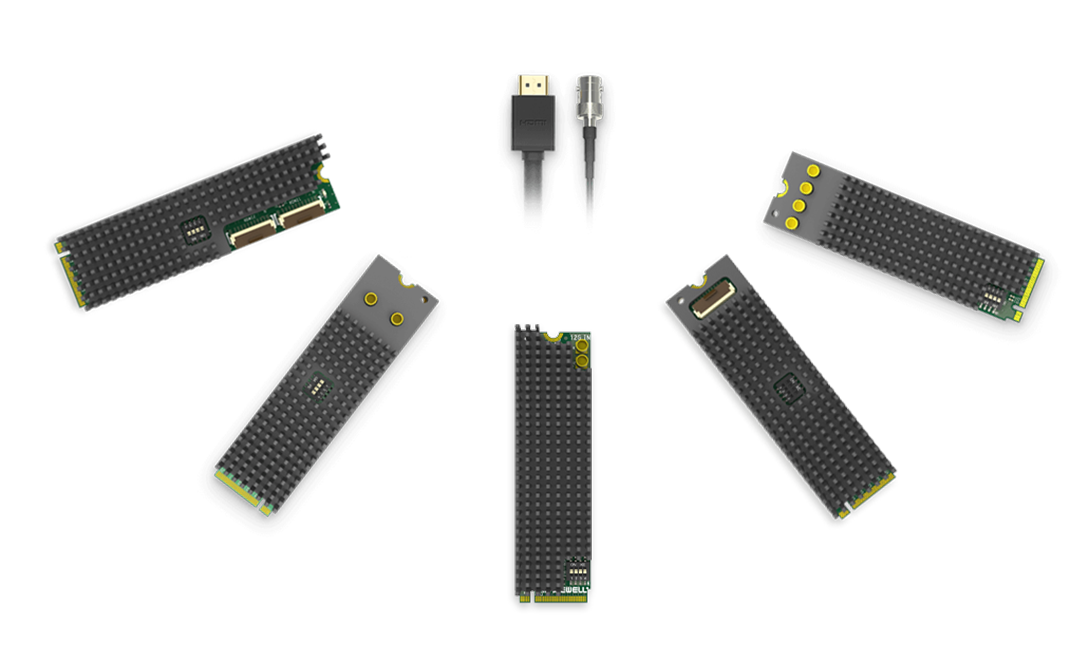Introduction of M.2 Interface
In 1942, the world’s first electronic computer Atanasoff-Berry Computer, designed by American scientist Atanasoff, came out. Driven by Moore's Law, the computer industry has evolved dramatically in less than 100 years. The computing power of the CPU is getting stronger and stronger, the integration of the motherboard is getting higher and higher, and the form of the computer has also developed from a bulky large machine to a normal 4U or 2U desktop computer, notebook, Ultrabook, Intel NUC, getting smaller and smaller.

These changes also affect the host interfaces. The host interface is mainly used to connect the motherboard and the graphics card, the storage device, and various internal and external devices. For a long time, the SATA interface, PCIe interface, and USB interface are the most common host interfaces.

With the miniaturization trend of the host becoming more and more obvious, in recent years the M.2 interface (compatible with channels such as SATA and PCIe) that has the advantages of small size, rich functions and high scalability has become the mainstream, which is more in line with market demand and the development of the times. The M.2 interface is a new-generation interface standard tailored for the Ultrabook, and compatible with multiple communication protocols, such as SATA, PCIe, USB, HSIC, UART, SMBus, etc., replacing the original mSATA interface. Therefore, we have seen this new M.2 interface on new motherboards released by ASUS, Gigabyte, MSI, etc.

Compared with the mSATA interface, the M.2 interface mainly has two advantages. First is the speed. There are two types of M.2 interfaces: Socket2 (B key) and Socket3 (M key), of which Socket2 supports SATA, PCI-E x2 interface. If the PCI-E x2 interface standard is adopted, the maximum reading speed is 700MB/s and the writing speed is 550MB/s. Socket3 supports SATA, PCI-E x4 interfaces, and the theoretical bandwidth can be up to 4GB/s. Therefore, the M.2 capture card can help easily capture 4-channel HD video signals.
Second is the volume. The M.2 interface defines a variety of adapter sizes. For example, the M.2 standard SSD can be arranged with single-sided NAND flash memory particles like mSATA, or can be double-sided. The total thickness of the single-sided layout is only 2.75mm, and that of the double-sided arrangement is only 3.85mm. The size of mSATA standard SSD is 51x30mm, and the single-sided layout thickness is 4.85mm, which is too thick when compared to M.2. The M.2 interface defines a variety of adapter sizes, the most common of which are 22x60mm, 22x80mm, and 22x110mm. Therefore, it is very easy to use M.2 interface to integrate into a micro host like Intel NUC (115mm x 111mm x 51mm) to provide a portable solution for integrators.

Magewell's Eco Capture capture cards provide a highly integrated, low power-consumption video capture solution and supports Windows and Linux operating systems. Eco Capture devices feature a high-speed PCIe 2.0 bus interface with an M.2 connector and measure just 22x80mm, matching the M.2 2280 size specification, support single or multi-channel capture over HDMI or SDI interface and input resolution up to 4096x2160 60fps.

In addition, the power consumption of Magewell Eco Capture M.2 cards is 30%-70% lower (model-dependent) than standard Pro Capture cards with similar input(s), which is more convenient for users to integrate and develop new mobile products and solutions.
